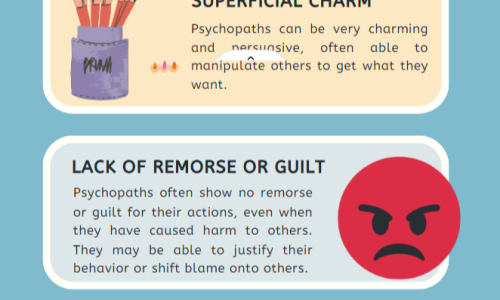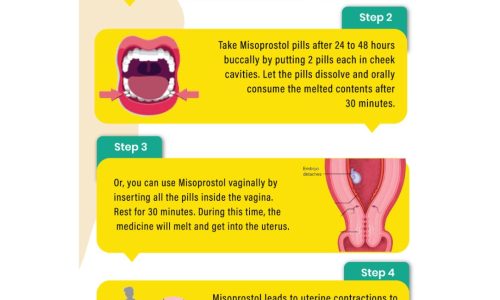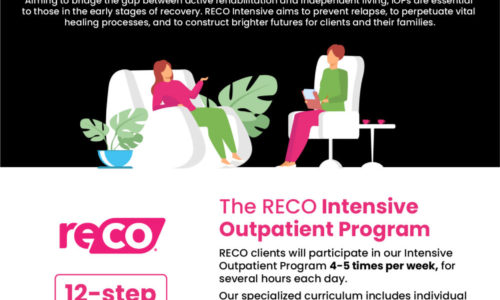The document summarizes the measures that Google has been taking since 2013 in its effort to end the dissemination of fake news on the Internet, especially in the field of medicine, health and wellness. The culmination of all these measures came in the form of an update and ended up being called Medic Update, due to the way in which it affected the SERP positioning of large websites specialized in the health sector.

Google’s first step against disinformation was the launch, in June 2013, of the so-called PayDay Loan Algorithm Update, an update that mainly affected sites specialized in offering short-term loans with very high interest rates (PayDay Loans), mortgages or insurance. But they were not the only ones. Pages and websites called YMYL (Your Money, Your Life), a classification established by Google to refer to websites or pages whose content may have effects on people’s happiness, health, economic stability or future security, had their respective SERP positions drastically downgraded or even disappeared from the classification.
In 2016, in response to the alarming number of users (77%) in the United States who used the search engine for self-diagnosis, Google, in collaboration with experts from Harvard and the Mayo Clinic, launched the “symptom cards”, a kind of token with true and verified information about diseases, their symptoms and treatments in order to combat the spread of medical misinformation on the Internet.
The Fred Update arrived in March 2017 and targeted pages and websites with poor quality content or that used aggressive monetization tactics, invasive advertisements and elements that generate a bad user experience. In November of the same year, Google joined The Trust Project, an international media consortium created to reaffirm its commitment to transparency, accuracy, inclusiveness and fairness. Google was determined to put an end to the well-known fake news.
As some pages and websites did not adapt to the changes required by their various updates and instead opted for patches or shortcuts, Google decided to launch (as a warning) the update Brackets Update. Their focus was on rich snippets; many websites saw the stars in their fragments disappear from the SERP, while others recovered them.
In August 2018, Google released Medical Update, its third basic update for 2018. The name is due to the disproportionate impact it had on pages within the health and wellness sector, although also sectors such as finance or business were affected to a lesser extent. For the SEO community, the Medic Update was a major update aimed specifically at quality-related issues such as duplicate content, poor quality content, page loading problems, erroneous title tags or poor user experience. From this update, the E-A-T (Expertise, Authoritativeness and Trustworthiness) concept became stronger; it summarizes the three factors Google considers when evaluating the quality of a website: experience, authority and trust.
Given the high impact that Medic Update had on certain sectors, Google decided to soften it a little with the inclusion of a new element of trust or slight modifications in the inbound links. Since its launch, Google has subjected the Medic Update to various revisions and updates in order to mitigate its effects somewhat:
In November 2018, John Mueller confirms that BBB (Better Business Bureau) credit ratings are not used algorithmically.
The March 2019 update that Google implements in the Medic Update is seen by the SEO community as a radical change of direction of the algorithm. Experts say it was one of the most devastating updates, causing drops and spikes in traffic like never seen before, especially on health and medical websites.
In August 2019, a year after the launch of Medic Update, Danny Sullivan posted on Google’s Webmaster Central Blog an article called “What Webmasters Should Know About Google’s Core Updates” where he explained the importance of basic updates and the steps we need to take in order to meet the goals.
In September, Google launched a new version of the Medic Update in order to avoid volatility in the SERP ranking. Once again, Google insisted on the importance of attacking 100% of the quality problems that our websites and implementing the changes with a long-term approach.
In the same month and during the Munich Security Conference, Google presented its white paper called “How Google fights disinformation “, a document that explains in detail its initiatives to eliminate the lack of information, disinformation and fake news The document also emphasizes how algorithms can increase the authority and quality of information shared on the Internet.
Whatever the name of the new algorithm or update that is about to come, we must keep an open mind and always react with white hat techniques and original and attractive content.
![]()








